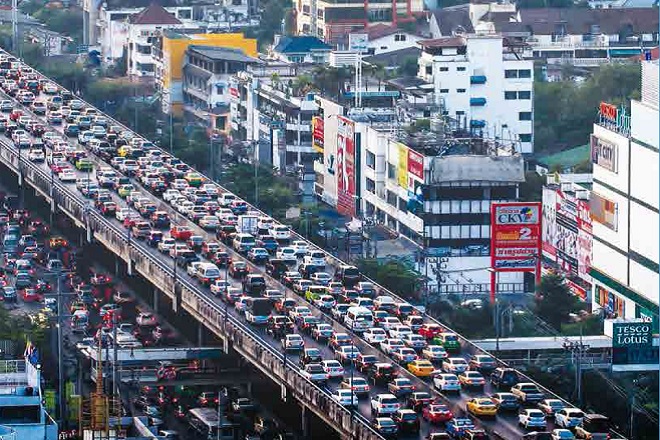online pharmacy buy priligy with best prices today in the USA
Multi-level and collaborative governance systems are required to better manage these future behemoths.
online pharmacy buy diflucan with best prices today in the USA
The urban populations are also predominantly found in medium sized and small cities, and this is where the urban transition is unfolding. "Contrary to common perception, only a little over 10 percent of the Asia and Pacific region’s urban population actually lives in megacities." But most secondary and smaller cities face an absence of necessary human, financial, and organisational resources. Quality over quantity growth There is no single urban storyline, the report noted. While many cities are growing, other areas are experience growth stagnation or even population decline. There are different causes for this including ageing populations, deindustrialisation, loss of traditional forms of employment, and suburbanisation. "Beyond demographic drivers, this implies an urgent need to address gaps between quantity and quality of growth," the report said. While many cities have developed through an exploitation model with regard to their environmental capital, this model is no longer sustainable or without costs.
buy zithromax online buy zithromax online no prescription
"Across much of the region, urban environments are heavily degraded, leaving them highly vulnerable and facing significant clean-up costs." Air pollution is a serious problem in cities as diverse and different in economic composition as Bangkok, Beijing, Delhi, Kathmandu and Ulaanbaatar. Property Taxes One recommendation of the report is that, following the subsidiarity principle of decentralisation, property taxes can be a powerful source of local revenue. Evidence shows that property tax usually accounts for only about 20 percent of local government revenues because very few local governments are able to collect the property tax owed to them. "Cities which have streamlined property tax assessment and collection have been able to significantly improve their revenues," it said. The report by United Nations Human Settlements Programme (UN-Habitat) and The United Nations Economic and Social Commission for Asia and the Pacific (ESCAP) highlights how the speed and scope of urbanisation in the Asia and Pacific region is unprecedented. Adequate shelter, safe neighborhoods, clean water and sanitation, health care, transport and access to modern energy systems, or even a legally defined address, are rights still not shared by all. This report can be viewed here.

